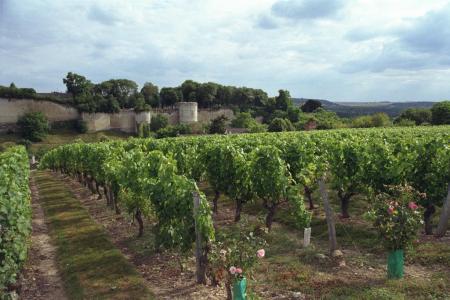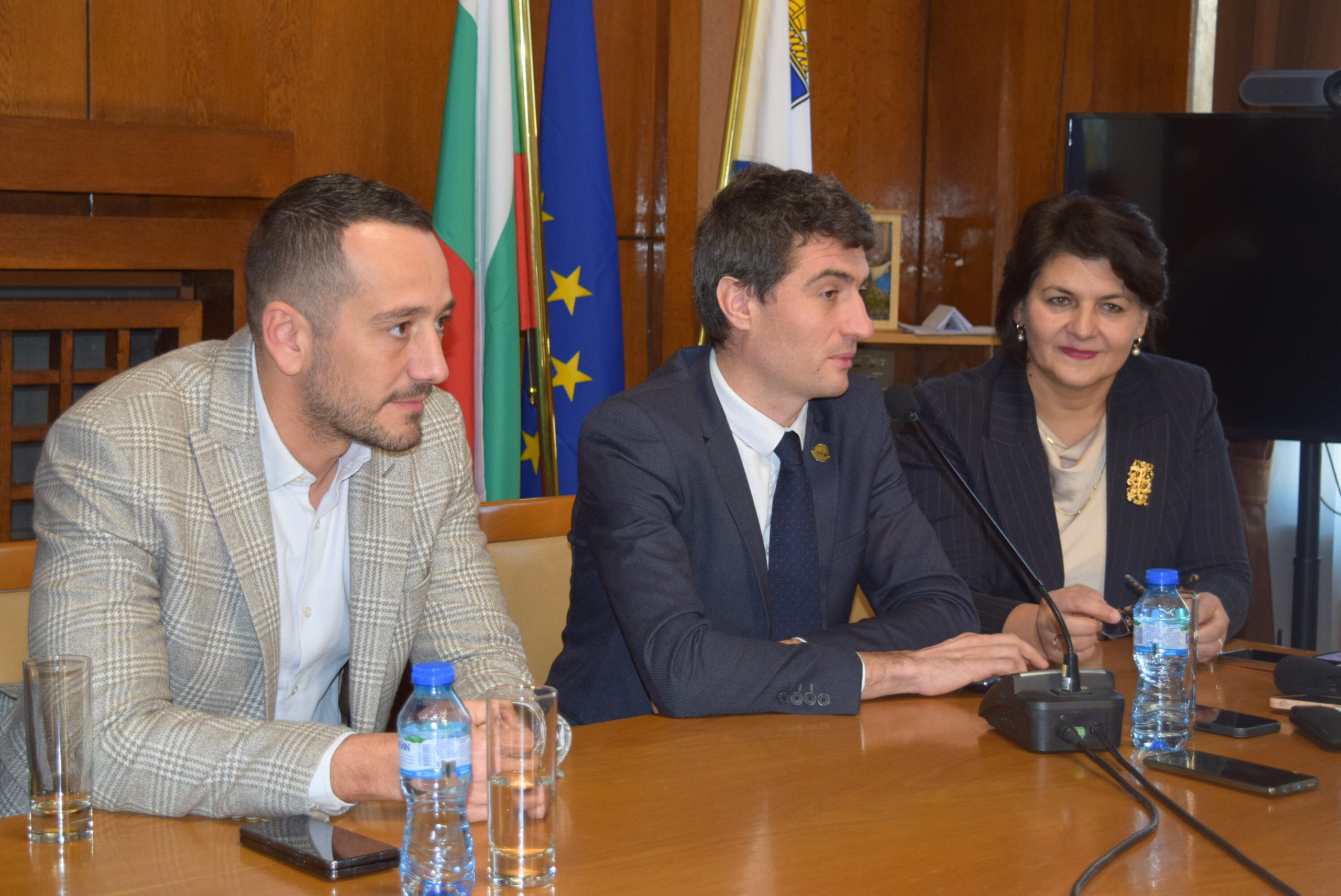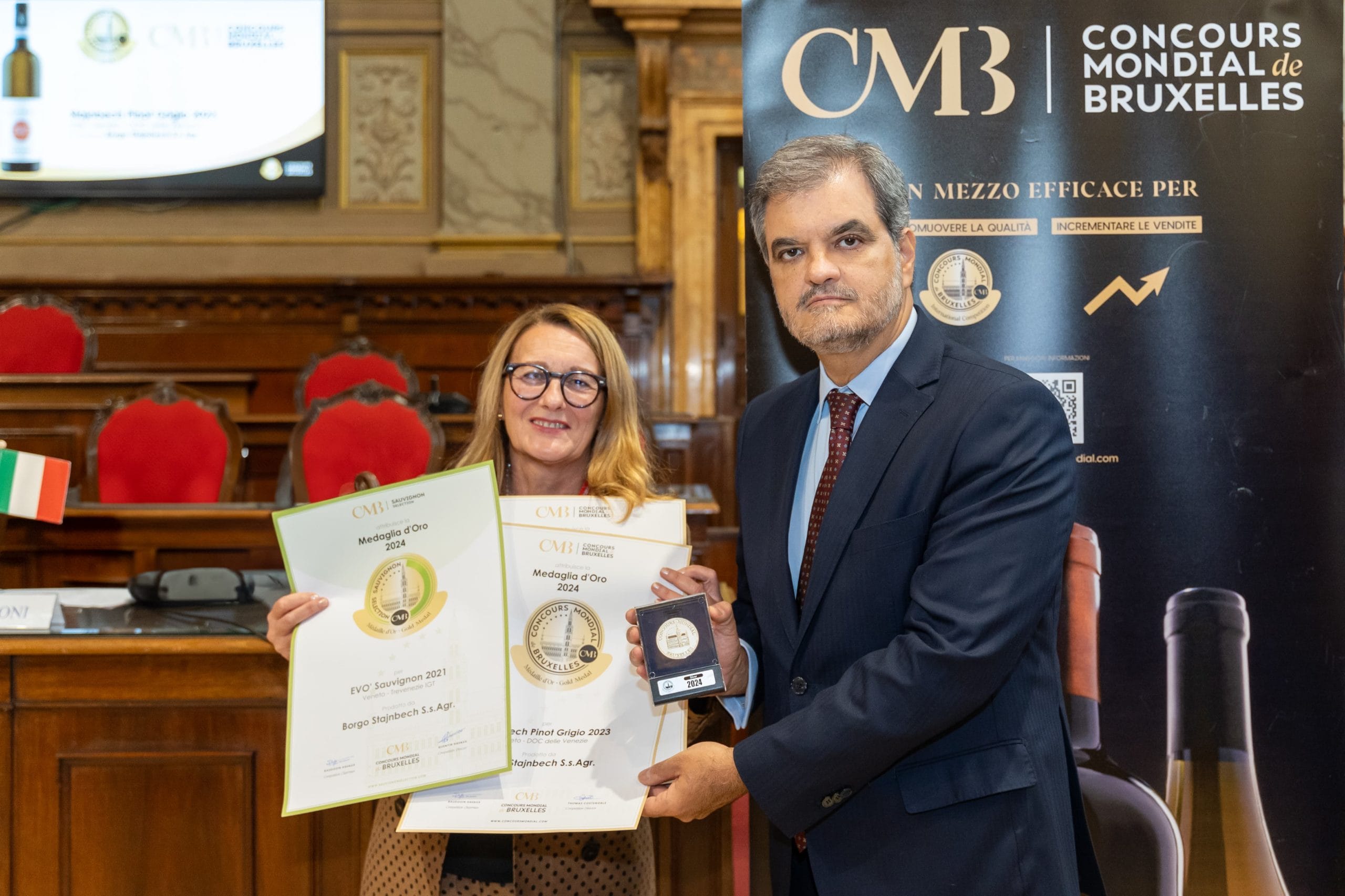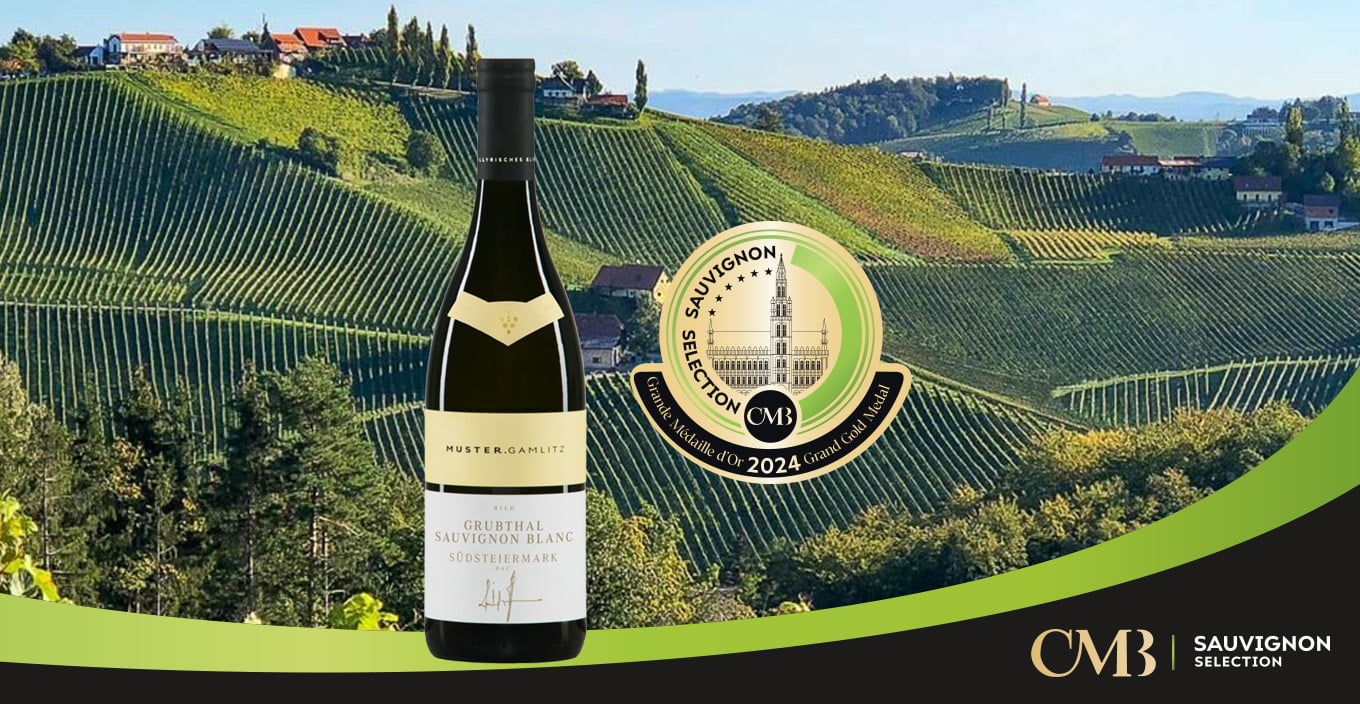Sauvignon blanc – a versatile French varietal turned global star

The exact origins of Sauvignon blanc – when and where it first appeared in France – remain a mystery but it is highly likely that it originated somewhere in the Loire Valley. The first known reference to the variety dates back to 1534 though it was mentioned under one of its ancient synonyms, Fiers. The fact that the author of the text in question was François Rabelais (chapter 25 of Gargantua) lends credence to the Loire theory as Rabelais was from Chinon. In terms of parentage, there is a strong connection with Savagnin (alias Traminer) but the other parent has yet to be established through genetic research. Sauvignon’s own role in begetting another cultivar is relatively well documented as it is one of the parents (along with Cabernet Franc) of Cabernet-Sauvignon, a variety that would seem to have originated in Bordeaux. Hence, there is little doubt that Sauvignon’s nationality is French, despite its hugely successful journey around the wine world.
It is currently estimated that approximately 14,000 hectares are planted to Sauvignon in France with around 6,000 hectares in the South-West and the same amount in the Loire valley. It reigns supreme in the central vineyards of the Loire valley where it accounts for no fewer than 75% of the wines, irrespective of colour. In fact, it is the only permitted white variety in the following appellations: Sancerre, Pouilly Fumé, Menetou-Salon, Quincy, Reuilly and Coteaux du Giennois. It is also found, sometimes as a single varietal, in Touraine appellations such as Touraine itself, Touraine-Mesland, Touraine Chenonceau, Valençay and Cheverny. As its route south travels through Haut-Poitou or Fiefs Vendéens, it is easy to imagine that it followed one of the historic routes to Santiago de Compostela, thereby spreading to the wine regions of South-Western France where it was welcomed in Bergerac, Bordeaux, Marmande, Duras, Gaillac and, more recently, amongst the hills of Gascony. It was certainly identified in the Graves circa 1730 but in true globetrotting style, its spread didn’t stop there. It has also appeared and continues to grow in Languedoc, via Pays d’Oc wines, and in some of the Provencal appellations – Bandol, Cassis and Coteaux d’Aix.
Comprehensive range
With such a huge array of sites, climates and traditions, it is extremely difficult to pin down a single style of Sauvignon blanc wine in France. In fact, it even spans different categories of wine, producing countless superlative noble rot wines which are either single varietal Sauvignon or blended with other grapes. Sauternes, Barsac, Cérons, Cadillac and Premières Côtes de Bordeaux in the Bordeaux region are examples, as are Monbazillac and other appellations in the Bergerac area. In terms of dry wines only, Sauvignon thrives in a broad range of climates, from the cool, semi-continental conditions in Sancerre to mild weather in Gironde and Gascony, through to the Mediterranean climate in areas of Provence. Soil types, viticultural techniques and wine making practices also leave their mark on the profile of Sauvignon blanc. The exuberant aromas so typical of New Zealand Sauvignons are not present in Sancerre where the style is generally more low-key, shy and firm. The wines of Pouilly Fumé, which are often slightly softer and richer than in Sancerre, occasionally don a more Burgundian profile, after all, Chablis is not far away! The wines of Touraine, like some of their counterparts in Bordeaux, can offer slightly more pronounced varietal aromas. And of course, wine making techniques and ageing always play a part in shaping flavour profiles.
Common thread
Despite these variations, however, which can provide a distinct identity for some, there is a common thread to Sauvignon blanc profiles. Some may be more aromatic than others but Sauvignon’s aroma derives from the same molecules in the fruit, the volatile thiols. Aroma is released by yeast during fermentation, generating sensations that in young wines often recall boxwood, blackcurrant bud and broom, or fruit aromas such as lemon, grapefruit and passion fruit. In cooler climates and on soils with high limestone content, as in Sancerre, aromas are often referred to as gunflint. Ultimately, these variations underscore the wide range of nuances in flavour that Sauvignon blanc is capable of producing, hence catering for myriad tastes.


